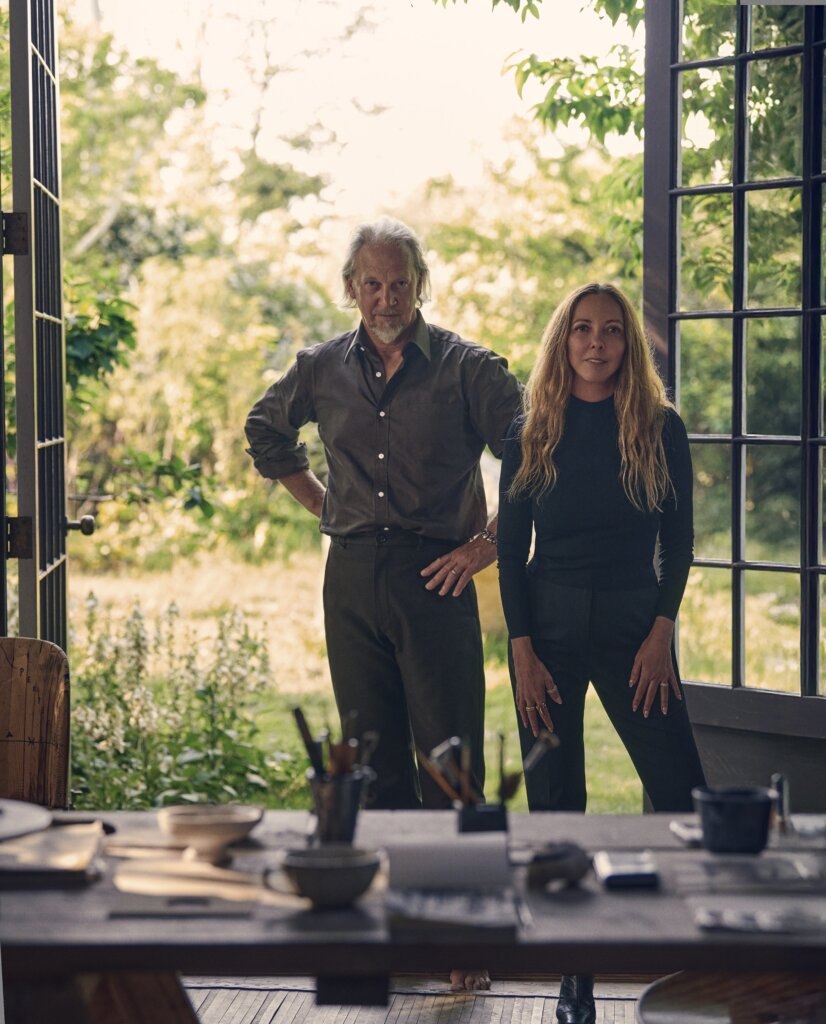
Without Montauk, Roman and Williams wouldn’t be Roman and Williams.
The influence of the Hamptons get-away is something Robin Standefer, who co-founded the ne plus ultra architecture and design studio alongside her husband Stephen Alesch, is only beginning to grasp, two decades after they bought the ramshackle mid-Atlantic Colonial cottage they call Sea Ranch in 2006. Pulled east by Alesch’s love of surfing and their shared affection for the ocean, the home “started off as a creative respite and place to restore,” Standefer says. “But it has really evolved to be the center of our artistic life.” Alesch, raised in the hills above Malibu, likens the dynamic to pottery: “New York is our kiln where we just crank up the heat and manifest,” he explains. “Montauk is where we shape and form. Then we go back and fire it up.”
The couple met on the set of the 1994 film The New Age and have worked on more than 20 movies over the years. They’ve brought their imaginative sensibility—research-heavy, theatrical, and inviting—to restaurants, hotels, and gathering spaces around the world, from the Metropolitan Museum of Art’s British Galleries to London’s private club Maison Estelle. They have also developed their own nature-infused furnishings collection, Roman and Williams Original Designs, which specializes in artisanal tables, chairs, and chandeliers, while building residences for aesthete celebrities like Gwyneth Paltrow. Their SoHo shop, Roman and Williams Guild Original Designs, sells their unique pieces alongside tableware handmade by like-minded artists from around the world.
Along the way, their hybrid home-workshop in Montauk has become the laboratory for everything they do. It’s where Alesch makes furniture prototypes and Standefer, a New York native, experiments with assemblage and ceramics. “These things just wouldn’t happen in the city because of the intensity there,” she says. Alesch adds, “We never have a conversation about the cost of things or margins in Montauk. That’s city talk.”
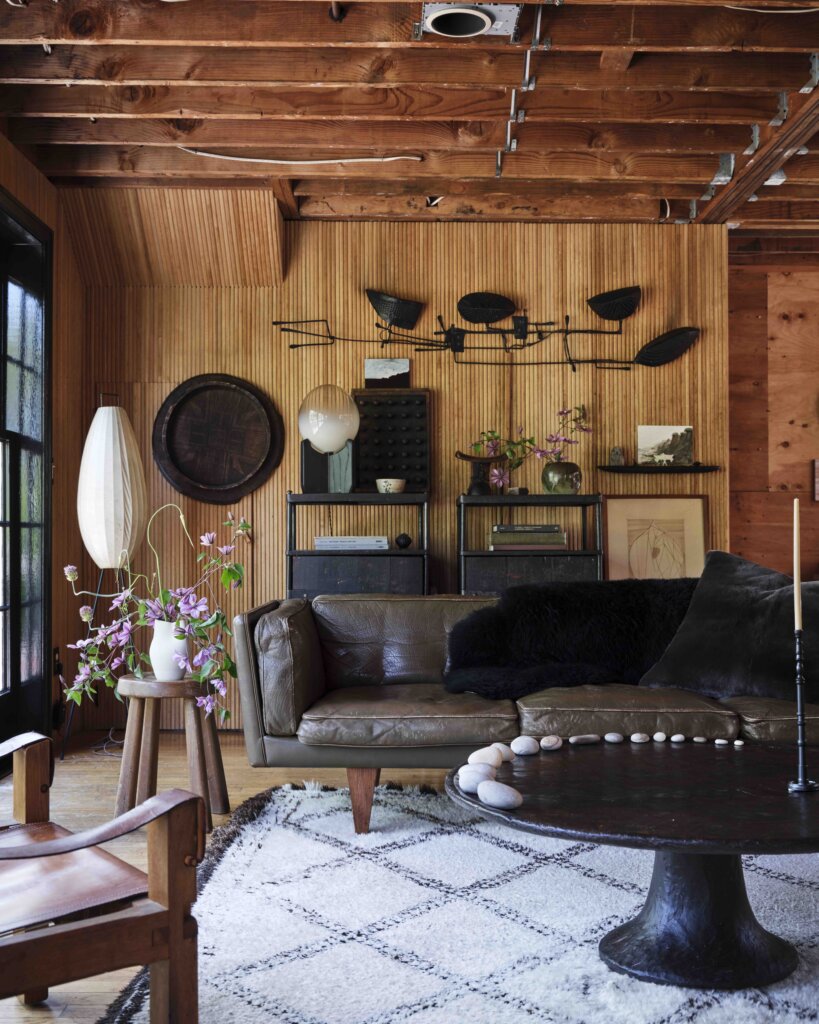
On the edge of the 99-acre Shadmoor State Park, Sea Ranch is spread over three modest mid-century structures, set amid a wild wonderland of mature trees, indigenous flowers, and medicinal plants. The result: a sliver of French countryside meets Scandinavian-SoCal bohemia, elements of which wind through some of the couple’s most high-profile projects. “We tested tambour cladding in Montauk,” says Standefer. “We were inspired by its flexibility. Let’s start using this all over the walls.” The historical, timeless technique is reimagined in the Boom Boom Room and 18th-century Estelle Manor.
Standefer describes the process of converting Montauk’s cookie-cutter spaces into kunstkammer-like coves as an excavation. “We took all the drywall off, leaving the ceilings open. From a philosophical perspective, it’s always unfinished,” she says. She points to Roman and Williams Guild’s popular Oscar pendant hanging from a block of wood affixed to the raw, vintage beams overhead.
Underfoot in the kitchen–sitting room, a fantastically worn Moroccan rug—the product of “12 hours of negotiating in Marrakesh in a room with a lot of mint tea”— embodies the pair’s unfussy, plein air living. “We love nomadic rugs because they were originally meant to be used outside,” Standefer explains. Large, screenless doors let butterflies—as well as the odd bug—in and out, “which we kind of love,” says Alesch. As Standefer puts it, “The doors and windows are the eyes of the house, and we like them on a huge scale.” (Just don’t ask them to install a large wall of glass: “We believe in muntins,” she notes, referring to the strips of wood separating smaller window panes.)
Given the couple’s award-winning French eatery La Mercerie in the SoHo Guild shop, it’s no surprise that eating sumptuously—garden-to-table—is a big part of their Montauk routine. This winter, they will unveil a new restaurant in partnership with Sotheby’s at the Brutalist Breuer building on the Upper East Side.
The duo brings the same intense connoisseurship to dining as they do to design. “We might have a discussion for 45 minutes about whether cucumbers and yogurt work in an Indian meal as well as in a Middle Eastern meal,” Standefer says. “It’s all about trade routes and the country of origin and how you express that.” Their meals—like the surroundings they enjoy them in—“have a tremendous artistic harmony.”
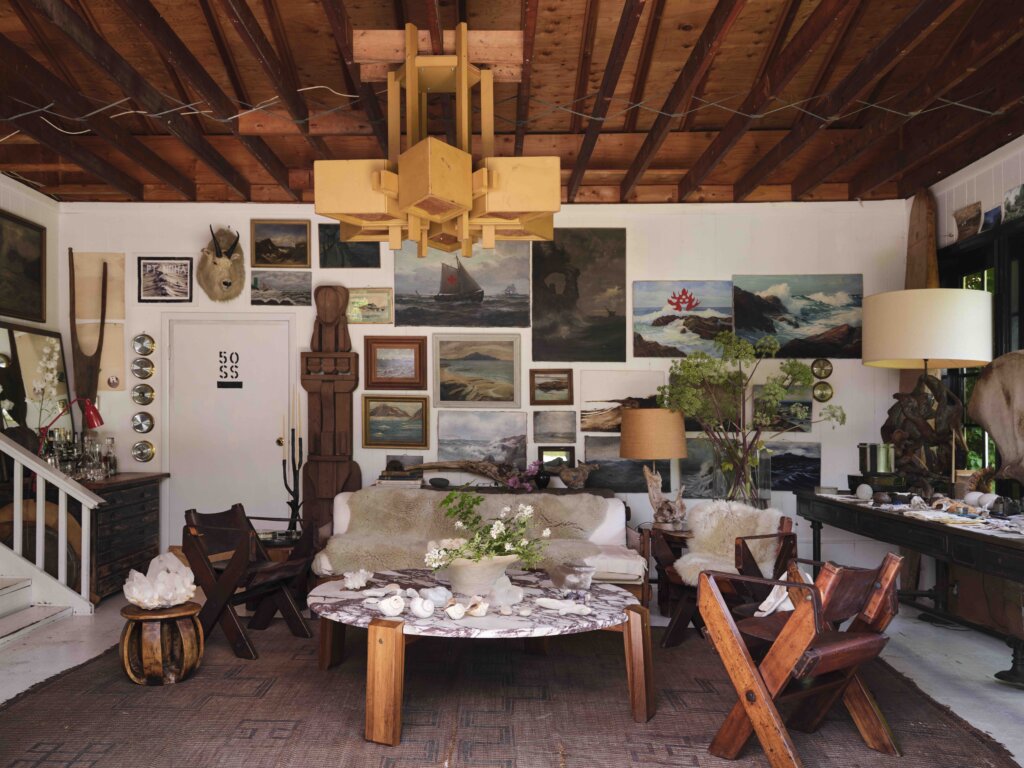
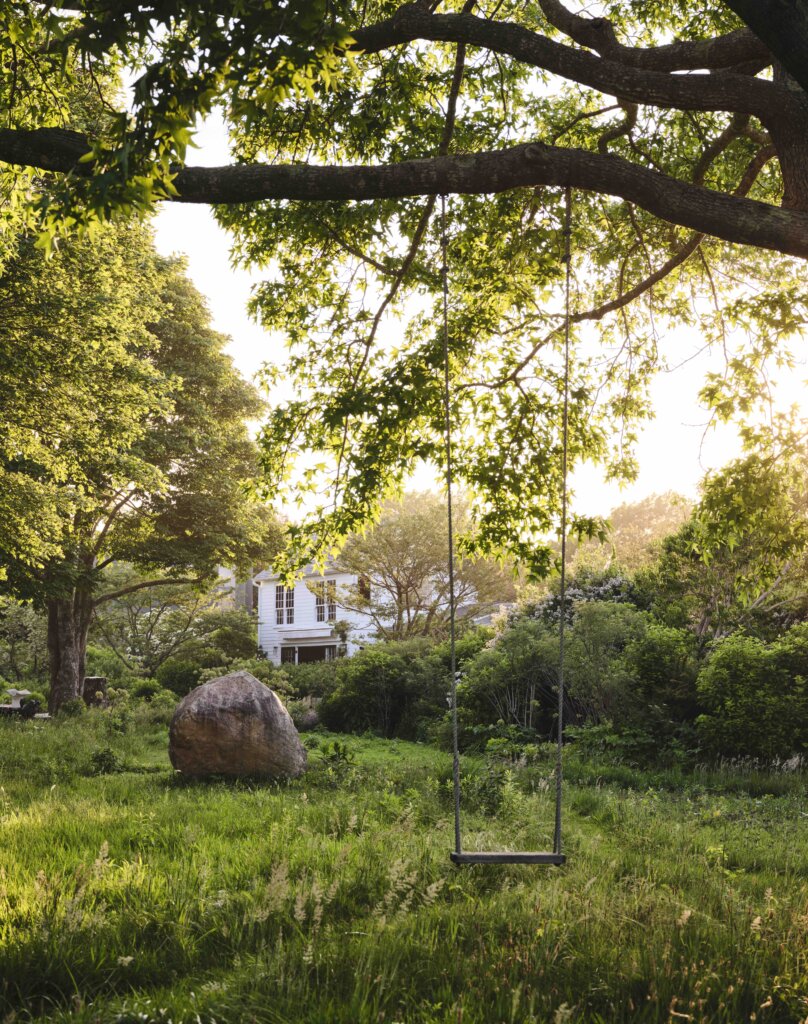
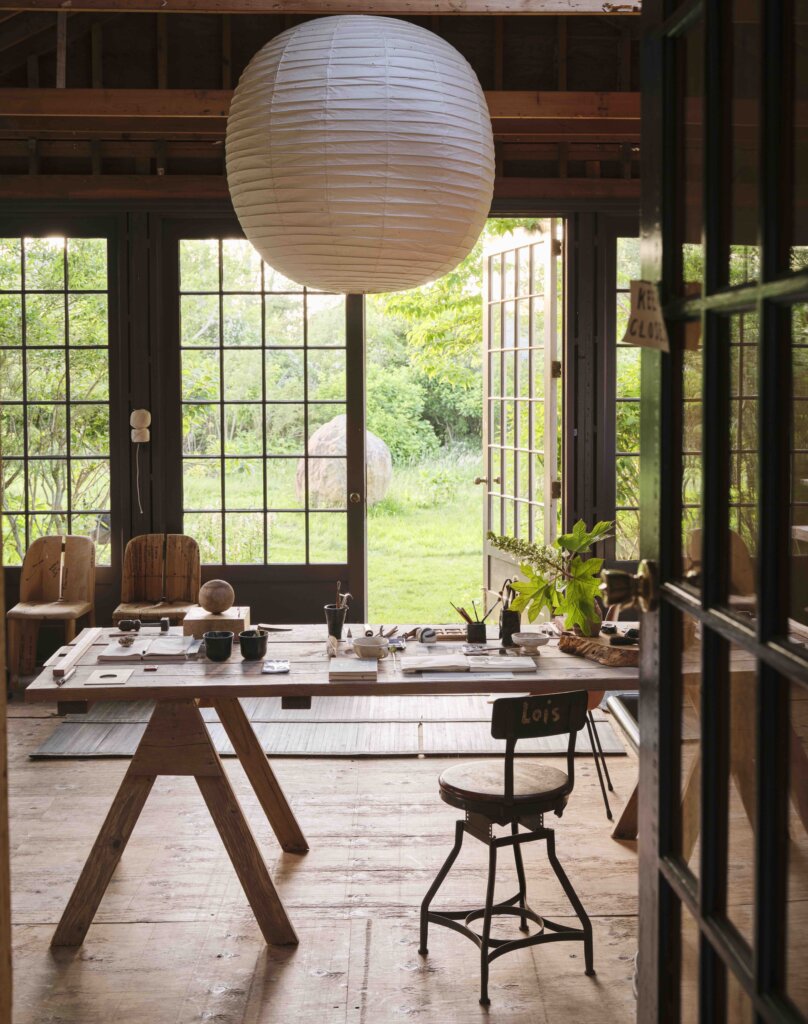
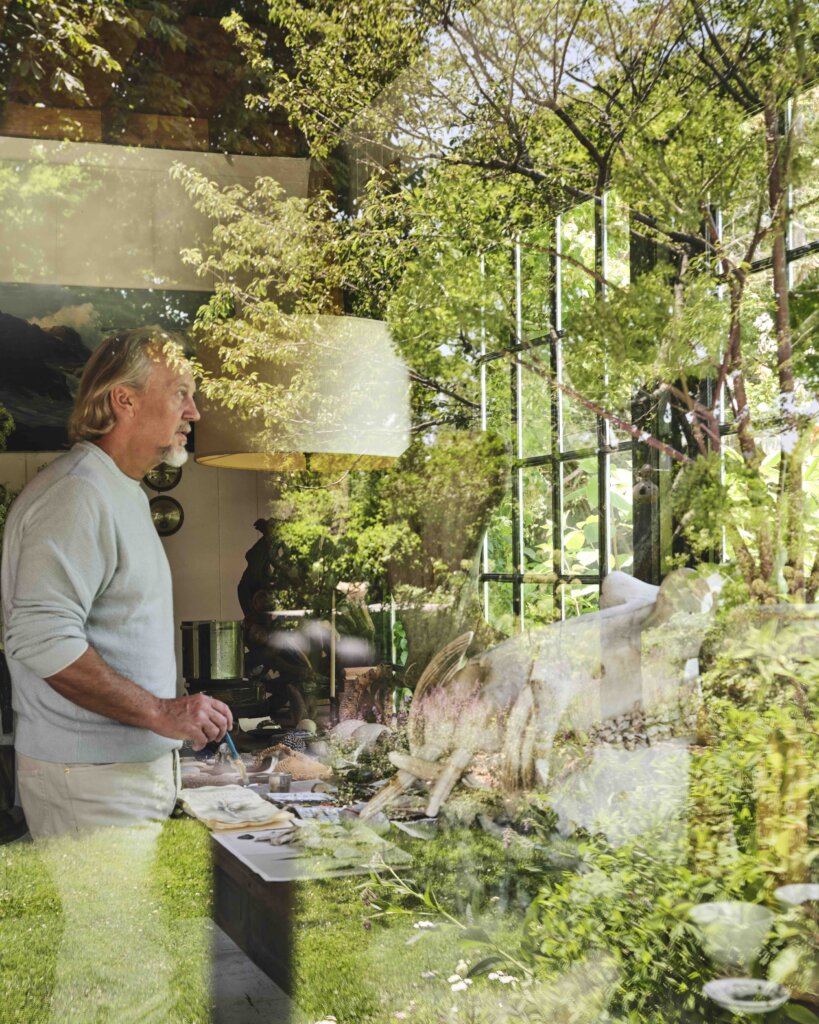
Styling by Melissa Levy for Cass Bird photography
Hair and Makeup by Eva Scrivo for Eva Scrivo Studios
Production by Tali Magal at Freebird Productions










 in your life?
in your life?

